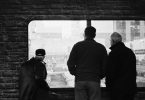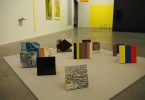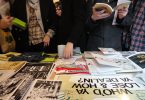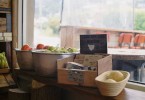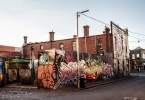Sitting behind her grey worktable – bare faced and relaxed in her red flannel shirt – is Rebecca Dimovski. The light in her small, attic-like studio illuminates the high points of her smiling and youthful face. Sketches of birds and tree branches neatly cover her walls, stopping to welcome a large collection of novels on a thin, white bookshelf. As we begin the interview, you can see the excitement build in her eyes.
This is another platform for the hungry artist – too humble to call herself a photographer despite her obvious talent. “I am yet to reach that professional level where I am getting paid to do shoots,” she says, arms folded under her chin.
But with a Masters degree and a couple of exhibits under her belt – not to mention her rapidly growing online following – it is clear this artist is ready for big things. Her work is already in British, Australian and North American homes.
So I sat down with Rebecca, a beginner transitioning into the art industry, to talk about her journey and her tips for artists heading in the same direction.
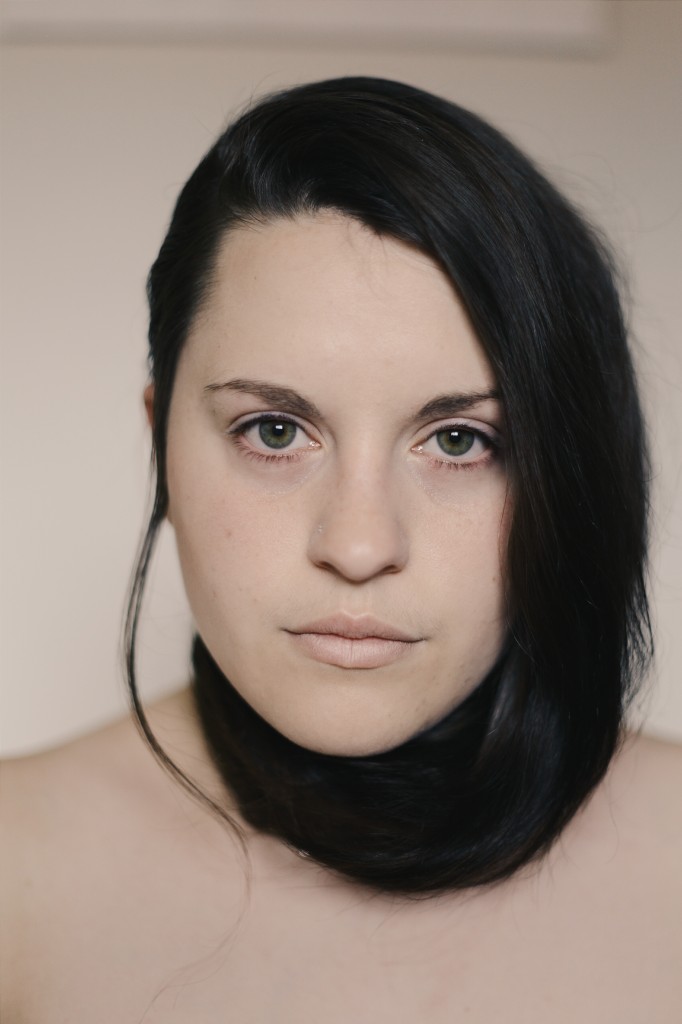
Self portrait by Rebecca Dimovski
How would you describe your artistry?
Photography and art is just what I do. It has always been a part of me, even from a very young age. If I were to describe my style I would say I am a conceptual and portrait photographer. I deal with surrealism, dreams and spirituality. I love raw beauty, natural beauty – anything at its most pure state – I love to capture that.
You studied photography and fine art for many years, what was your academic journey like?
I wanted to take photographs in high school, while I was in Year 11. I signed up for a Year 12 Studio Art class (but) at the time my school didn’t consider photography an art form. So I ended up doing abstract oil paintings. It was awesome, my work was displayed at the Department of Education and I was shortlisted into Top Arts, but I didn’t get to do what I wanted.
I feel like I steered away from doing photography because of that experience and it wasn’t until university at ACU (Australian Catholic University), for my Visual Arts and Design degree, that I got to discover it. There was a photography class in the course. We got to use any concept we wanted; you just had to have a really strong brief and story behind it. I ended up getting a HD and so, with every subject from then on, I wanted to incorporate photography. I had just found this incredible passion for it.
With time, I began to experiment with film. I wanted to go back to the rawest form of photography – I found my niche. I decided, in my Honours, to purchase a Hasselblad. It is a beautiful Swiss camera and I’ve basically never looked back. I have been purchasing film cameras ever since. The one camera I shoot with most predominantly uses 120mm film.
I have also completed my Masters, and that was quite fun. I thought that having strict guidelines and following a university routine might prevent me from growing as an artist and prevent me from creating strong concepts continuously, but I think it has put me in a really good place.
How has your artistry evolved after university and after the restriction of time and guidelines?
I guess my current freedom is mostly the cause of the strong images that I take, because, as soon as I get a feeling or I see a beautiful place while on an adventure, I immediately go there and start shooting or plan to come back. This way, I can continue building up my portfolio. Location scouting is essential. I’m looking for locations even when I’m driving to work or to a friend’s place.
I always look for little places that will relate to certain people. So, with these places I try and tell a story with the person that pops up in my head as well – the person whom I feel is most suited to that environment. I really like connecting both the landscape and the female form. I am currently only doing the female form because I have less experience with male models. I just find the female form so flattering – the different curves a woman can have and the shapes and sizes that come out of the female body – having both landscape and female form dance and create unity is my main focus.
To be honest though, it is still very hard to find work. I mean I’m not a commercial photographer. Everyone is looking for wedding and headshot photographers, but I like to create art within my images, and that is not really everyone’s forte.
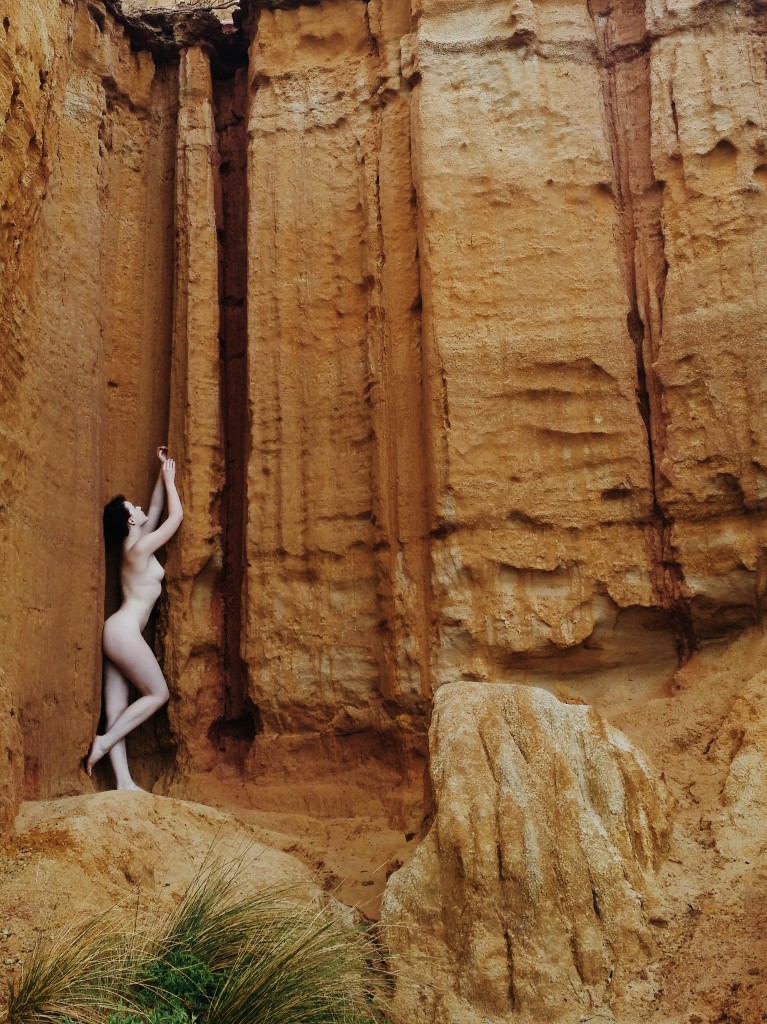
Pilgrim by Rebecca Dimovski
How do you think young people are tackling the art and photography industry now? Do many seek academic or professional training?
Honestly, it’s really who you know rather than what you know, which is a shame. A lot of the people who have degrees still find it hard to find jobs. But if you’ve just picked up a camera and you know someone who knows someone else, that person can easily lead you to an incredible pathway.
I have always had that struggle throughout university. I had a whole bunch of friends that had a whole bunch of money and a whole bunch of contacts, so they got work almost instantly. Then there’s me and my other classmates who are still looking for work. You sometimes feel defeated, but at the same time, you’ve got to be out there to get in there. It is also up to the people hiring as well. I mean, depending on what they’re looking for you may or may not get the job. I guess that’s true with every industry – it is particularly hard to find a job at the moment – but you just have to keep trying despite the rejection you may receive.
How does that make you feel having studied so long at university, knowing people are just buying cameras and shooting as professionals? Do you think a degree is still important?
I still definitely recommend that pathway. Uni is just another avenue for finding yourself and finding other people, and developing different relationships. You’re constantly collaborating with people because you’re in a class with them and creating this amazing pact with them. The lecturers you meet are also amazing. Alright, some aren’t always amazing, but if you don’t have contacts initially, university is a great way of building those.
Was choosing to use a Hasselblad and older print technology also a way to differentiate your work from those who start freelancing without any training?
I’m kind of conflicted when it comes to this question because there are a bunch of amazing photographers that use digital and they stand as individuals with their own style. I still use digital sometimes, but when it comes to using film it is just so expensive now because not many people use it any more. That’s why thinking about what you want to do before you actually do it is really important. I think that is a big reason why my images are strong, because I really take the time to think about them.
When it comes to printing images, you can obviously do scans and get someone to ink jet print them, but when it comes to printing in a dark room, you can really experiment even more with different colours and all the grain that comes out and how long you’ve got your paper in contact with the chemical. For this reason, I do think print does differentiate me from those who work in digital. I think it’s really important to get film back on the market, because even though we have Photoshop and all this amazing technology now, the amount of remarkable things you can do with print is incredible – I think that is really essential and important.
Do you develop your own film?
With my black and white film, I process that at home. I don’t have a colour processor, but now they’ve actually got chemicals that you can buy to do your colour film at home. I’m excited to try that.
Basically, you’ve got the developer tank – and this is going to be embarrassing, but by all means use it – but the only room that doesn’t have a window or any light leaks in my house is the toilet. So, I take my developer tank into the toilet, and I get a towel and I put it on the bottom of the door so no light leaks into the room. Then, sitting on my toilet (giggles), I reel in my film and I close everything up to go into my bathroom with all my chemicals and water. While that’s together I have a timer, but I don’t have enough room to have a proper darkroom where I can print. Usually I have to hire one.
Which career avenues are you aiming for?
Essentially, I would like to be someone like Gregory Crewdson or Bill Henson, who take a series and display it in art galleries. They go around the world, they lecture and they talk about their art and their own journey. I would love to do that. I’d also love to be a curator, but you have to have the professional training for that, which hopefully might happen in the future. I’d also like to be teaching at a tertiary level; I have lectured a little already, just first years for Introduction to Photography.
Placement does help with the experience and training but it doesn’t necessarily mean you’ll get a secure job at the end of it, so you just have to keep working hard.
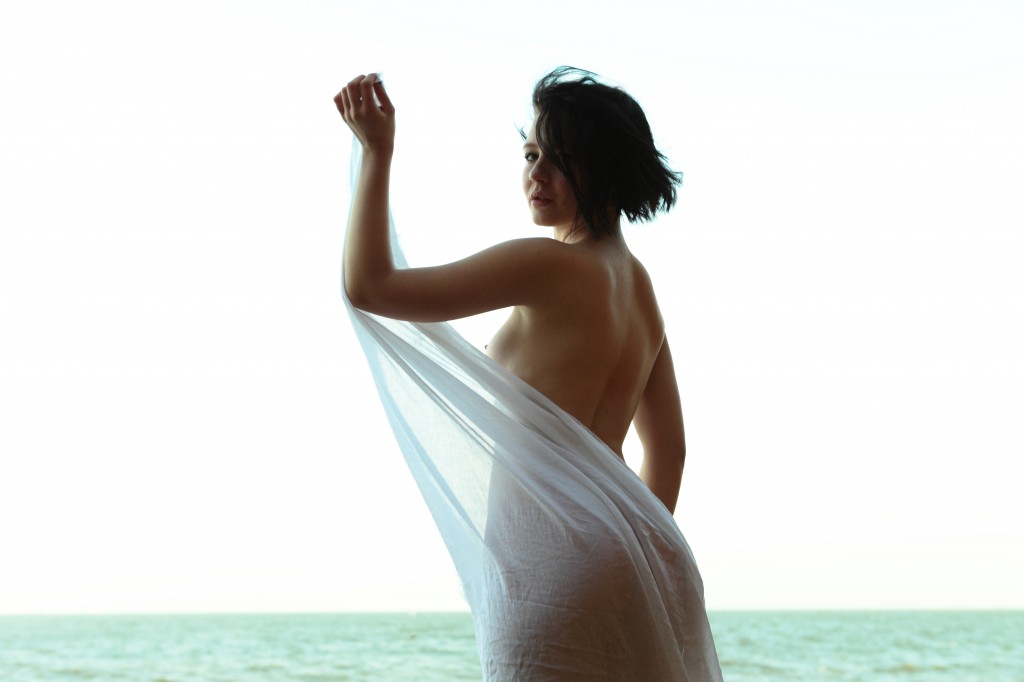
Pilgrim by Rebecca Dimovski
You’ve really developed your brand through social media. How did you begin this process and what strategies can you share?
You have to start somewhere. For me, it was Facebook – getting family and friends to share the work that I posted. Then I got on to Tumblr while I was at university. I wasn’t really confident with my work yet but I still put it out there. You will gain contacts through social media. I’ve met the most amazing people through so many different platforms and it is really crucial for getting yourself and your work out there.
Hashtag everything. I know that sounds really lame, but do it with all your work online. To be able to get work out and into different countries and to be able to see what’s trending is invaluable. It’s how I gained such a large following – particularly on Tumblr.
Instagram is great when looking for inspiration and speaking to people who inspire you. I’ve contacted people who inspire me, hoping they will speak back and they do – they even give me feedback on my work! It’s about having a relationship with your online following. You can’t just be posting all this stuff and expect likes without being friendly back – people are looking for friends, not just an artist or something to look at. To get support is also to support people who support you. I’ve had people in the past four or five months message me saying that I’m their inspiration for their folios for school and it just blows my mind. Getting that kind of feedback is amazing.
You recently made a website and you sell some prints through it. Some of those sell for as little as $20. How much work and money goes into shooting your photos – from finding a muse to a location – and does that price cover your efforts?
Not at all, but a lot of my photos online aren’t sold as one-offs, so I can allow for them to be as cheap as they are. Some people say I should be buffing up the price, but I know when it comes to my actual one-offs I would be selling them for $300-$400.
I’ve got to start somewhere, everyone does. For one of my exhibits, I put some images up which were 30x30cm – framed and all – and made them $150 each. Even then, everyone was telling me that was way too cheap to be putting my photos up for. But, this was one of the first times I was able to exhibit properly, so I wasn’t quite sure what the expectation was. I think it was a good starting point.
Aside from expenses, what has been one of your most common challenges along the way?
I think it is really disappointing seeing celebrities like Kim Kardashian or Miley Cyrus wearing provocative clothing or baring skin and still being able to have their photos publicised over every single country, over every single platform, and it be OK. When it comes to me and other artists that take these beautiful images of males and females, naked, but in the most pure and respectful way that you could shoot the human body and that be deleted by people who are offended by a nipple or a bum (seriously, a bum?) it’s just really disappointing and upsetting. I understand that sex sells, but there is no sex in my art, so I don’t understand why Instagram keeps deleting my images.
I’ve had over 20 reports on my images. One photo in particular I’ve tried uploading numerous times. If the photos offend you, just leave my platform – unfollow me. I don’t want to be putting lines over my images and over my model’s breasts or bum. It’s insulting. I just don’t understand how people can feel so offended by seeing my images and seeing the naked form. You undress yourself every day and night – you have those things on your body and you see them every day.
I just can’t wait for this kind of censorship to be changed.
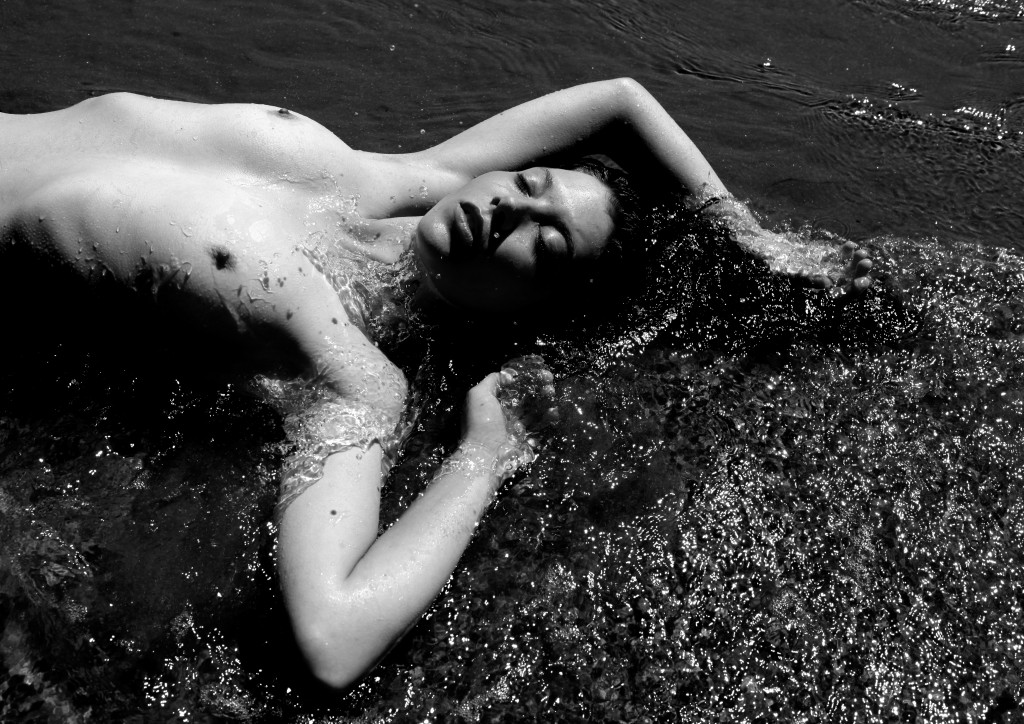
By Rebecca Dimovski
For artists who are starting up, or those who are passing that beginner level like you are, what are your final words of wisdom?
My advice? Just to put yourself out there, constantly be putting yourself out there. Do not be afraid. It’s a lot of trail and error. You’ll notice that once you get to a certain level that you will start enjoying your images. I mean, you’re still going to be hard on yourself, but you’ll look back and be like “Wow, look how far I’ve progressed!” It’s really about the journey and when you see your progression, it’s uplifting and it makes you want to continue what you’re doing.
Just put yourself out there; study, apply for heaps of competitions and also submit work into galleries to see if you can do solo or group exhibits. Just don’t give up on your dreams.
—
Rebecca is currently working on a photo book, inspired by fragments of emotion. If you’d like to see more of her work or contact her with further questions, see her Tumblr or website.

